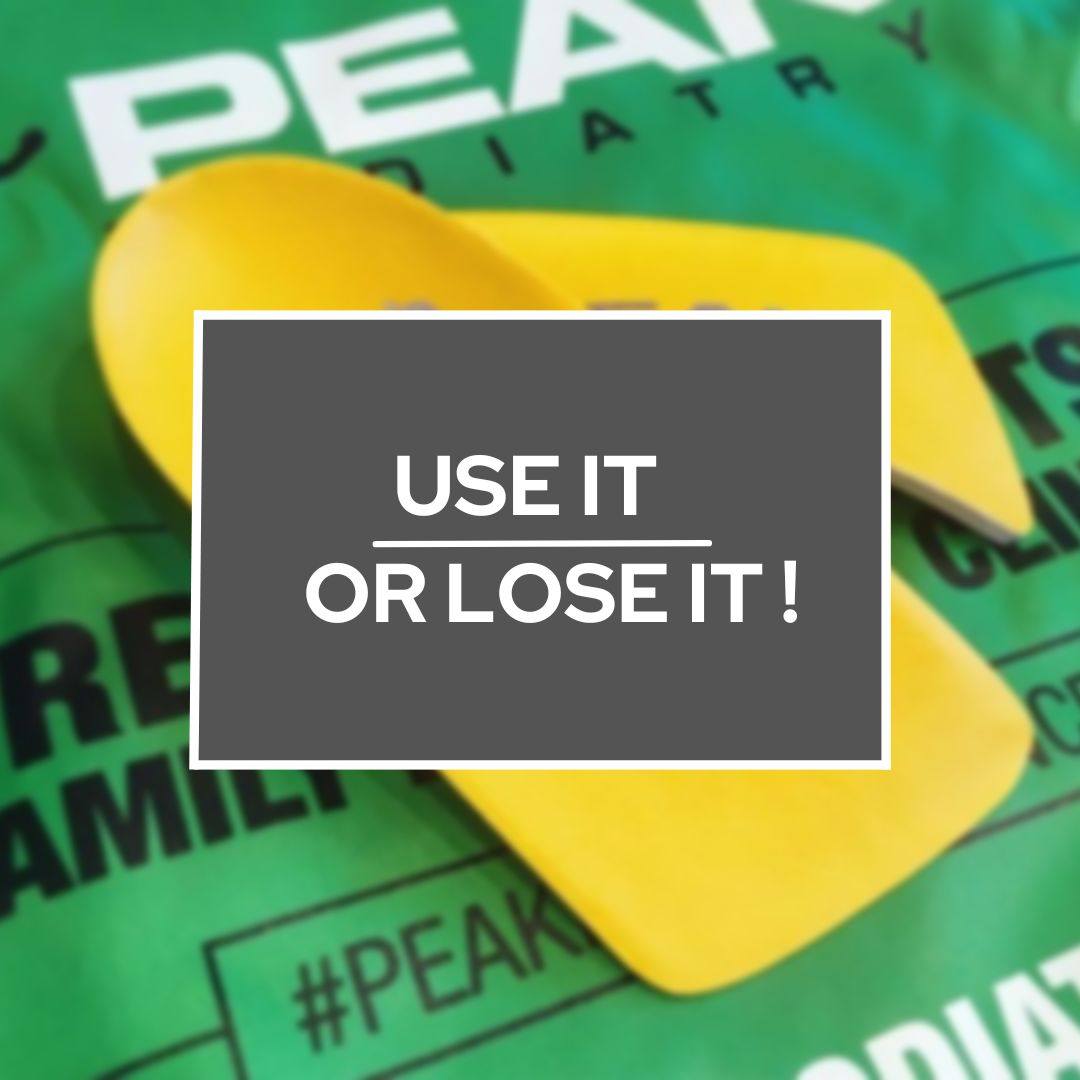Ankle Injuries in Winter Sports
May 30, 2025
Ankle injuries are a common concern across various field sports in Australia. Whether you’re playing netball, field hockey, AFL, soccer, rugby, or trail running, the risk of ankle injuries is significant due to the physical demands and environmental conditions of these activities. Let’s explore why these injuries are so prevalent, their signs and symptoms, and how you can prevent and manage them.
Common Sports in Australia
Netball
Netball involves frequent jumping, pivoting, and sudden stops, making ankle sprains the most common injury. Approximately four in five netball athletes will sustain an ankle sprain.
Hockey
The sudden bursts of speed and directional changes in field hockey increase the likelihood of ankle sprains.
AFL
AFL players are prone to ankle sprains due to the high-impact nature of the sport, which accounts for approximately 15% of all AFL injuries.
Soccer
Soccer players often experience lateral ankle sprains due to quick direction changes and physical contact during the game.
Rugby
Rugby players face a high risk of ankle sprains because of the sport’s physicality, including sudden directional shifts and tackles.
Trail Running
Trail running on uneven surfaces increases the risk of ankle sprains, especially when encountering unexpected changes in terrain.
Signs and Symptoms of Ankle Injuries
- Pain — especially when bearing weight on the affected foot
- Tenderness — when touching the ankle
- Swelling — around the injured area
- Bruising — discoloration due to internal bleeding
- Restricted Range of Motion — difficulty moving the ankle
- Instability — a feeling of the ankle giving way
- Popping Sensation — a sound or feeling at the time of injury
Early Treatment and Management
Early treatment is crucial for a quick recovery and to prevent further complications.
RICE Method
- Rest — avoid putting weight on the injured ankle
- Ice — apply ice packs to reduce swelling and pain
- Compression — use an elastic bandage to compress the ankle
- Elevation — keep the ankle raised above heart level to reduce swelling
Pain Management
Over-the-counter pain relievers (like ibuprofen) can help manage pain and reduce inflammation.
Immobilization
In some cases, using a brace or splint can help stabilize the ankle and prevent further injury.
Physical Therapy
Once the initial pain and swelling subside, physical therapy exercises can help restore strength and flexibility.
Medical Evaluation
Seek a professional assessment to determine the severity of the injury and receive a tailored treatment plan.
How Peak Podiatry Can Help
At Peak Podiatry, we specialize in diagnosing and treating ankle injuries. Our team of experienced podiatrists provides:
- Comprehensive Assessments — to accurately diagnose the extent of your injury
- Personalized Treatment Plans — tailored to your specific needs and recovery goals
- Rehabilitation Programs — including exercises and therapies to restore strength and mobility
- Preventive Advice — to help you avoid future injuries and stay active in your favorite sports
Conclusion
Ankle injuries are a common concern in winter sports, but with the right precautions and proper care, you can continue enjoying your favorite activities while minimizing the risk. If you experience an ankle injury, seek professional assessment and follow a tailored treatment plan to ensure a full recovery.
Stay safe and active this winter!







